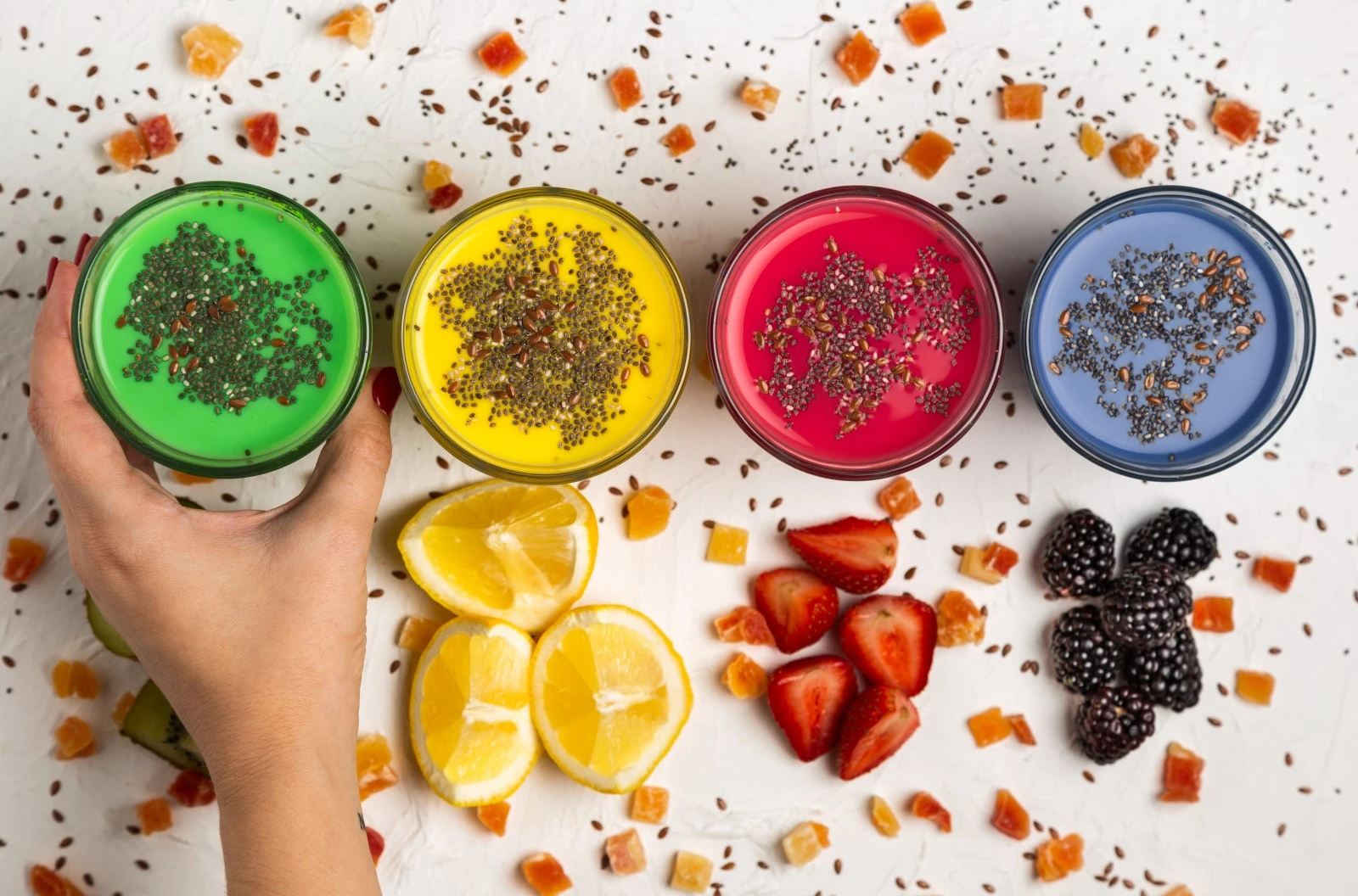TABLE OF CONTENTS
TABLE OF CONTENTS
What are Natural Colorants?
Natural Colorants
1. Plant-Based Colorants
2. Mineral-Based Colorants
3. Animal-Based Colorants
4. Microbial Colorants
Are Mica Colorants Natural?
Natural Colorants for Cosmetics
1. Beetroot Powder
2. Turmeric
3. Spirulina
4. Carmine
5. Iron Oxides
6. Kaolin Clay
Conclusion
Frequently Asked Questions (FAQs)
What are natural colorants?
Natural colorants are pigments and dyes derived from natural sources such as plants, minerals, and animals. They are used in various industries, including cosmetics, for their vibrant colors and eco-friendly properties.
Why are natural colorants important in cosmetics?
Natural colorants are important in cosmetics because they provide safe, non-toxic alternatives to synthetic dyes. They are gentle on the skin, environmentally friendly, and cater to the growing demand for sustainable beauty products.
Are mica colorants considered natural?
Mica itself is a naturally occurring mineral. Mica colorants can be considered natural when they are coated with natural pigments. They are popular in cosmetics for their shimmering effect and light-reflecting properties.
What are some common natural colorants used in cosmetics?
Common natural colorants in cosmetics include beetroot powder (red to pink), turmeric (yellow), spirulina (blue-green), carmine (deep red), iron oxides (red, yellow, brown), and kaolin clay (white).
What are the benefits of using natural colorants in cosmetics?
The benefits of using natural colorants in cosmetics include enhanced safety, minimal environmental impact, and the ability to provide vibrant, long-lasting colors without the health risks associated with synthetic dyes.
How can I ensure the natural colorants I use are eco-friendly?
To ensure natural colorants are eco-friendly, look for certifications or standards indicating sustainable sourcing and processing. Choose suppliers who prioritize environmental responsibility and transparency in their practices.




